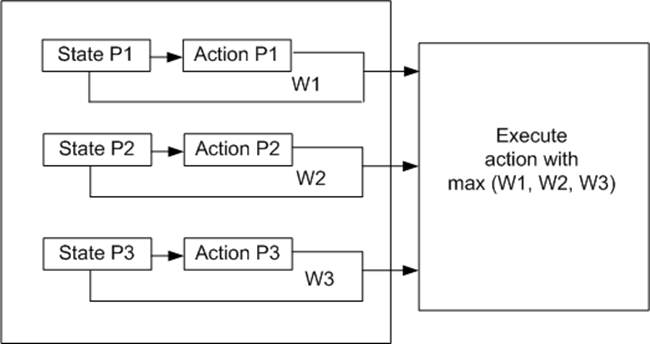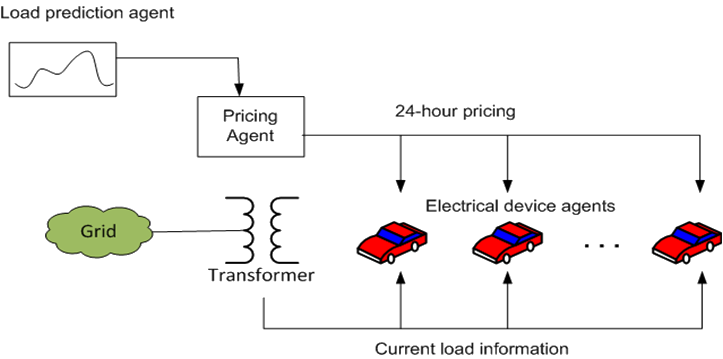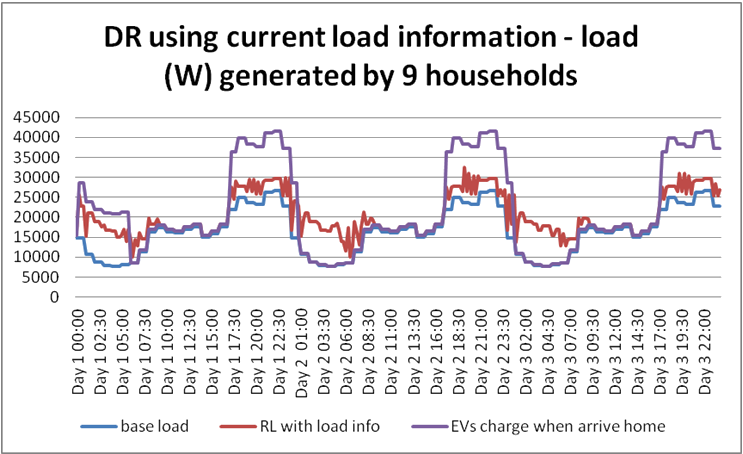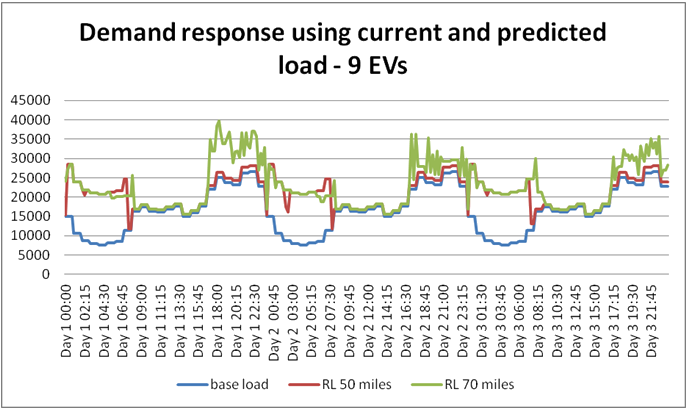Multi-Agent Residential Demand Response Based on Load Forecasting
Renewable Energy
European Union renewable energy targets for 2020:
- 20% of energy to come from renewable sources
- 10% share of renewable energy should be specifically in the transport sector
Ireland 2020 targets:
- 16% of energy to come from renewables
- 40% of electricity to come from renewables
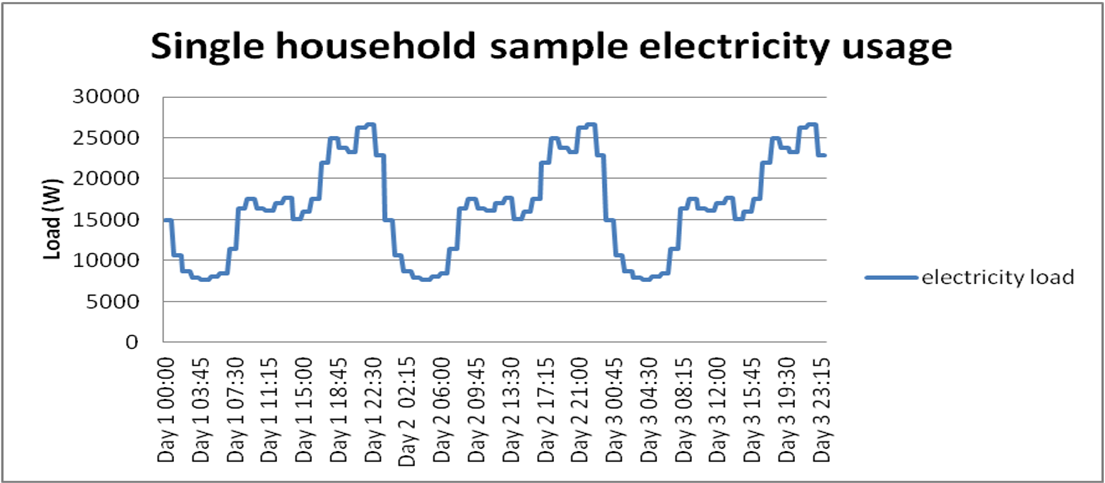
The important issues in meeting these targets are the integration of renewable sources; dealing with unpredictability and intermittency and as is the focus of this work, the integration of electric vehicles (EVs) on the grid and applying forecasting to deal with increasing demand for these devices.
Demand Response (DR)
Demand response is the modification of consumers’ electricity consumption w.r.t. their expected consumption e.g., peak-clipping (reducing peak usage), valley-filling (increasing usage during low demand periods). Demand response encourages greater usage during periods of high renewables availability (e.g., windy periods).
In this work all devices, electricity sources etc., are represented as intelligent agents cooperating with each other. Each device implements a Reinforcement Learning (RL) algorithm. Agents learn actions suitable for given environmental circumstances. Multi-policy optimization is enabled using W-Learning. In W-Learning, the action with highest W-value gets executed. Multi-agent, multi-policy optimization can be enabled using Distributed W-learning.
Evaluation
GridLAB-D Simulation
-
9 households with an EV each
-
Electricity price proportional to current load
-
Load prediction for the next 24 hours available
-
EV agent has three goals, Minimize electricity cost (i.e., charge during low price/low demand periods), Achieve desired battery charge, Stay within assigned transformer limits (DR mechanism to clip peaks).
Results
Agents whose goal is to stay within assigned transformer limits reduce peak usage by ~25%.
Agents with 24-hour load prediction learn to wait for off-peak periods to charge in order to minimize their charging cost, only “topping up” during peak periods if off-peak is not long enough.
Conclusion
RL has been proven effective in residential demand response applications. Investigate potential further improvements by adding collaboration between neighbouring EVs – use of Distributed W-Learning.
People
Ivana Dusparic, Colin Harris, Andrei Marinescu, Vinny Cahill, Siobhán Clarke
Sponsors
![]()
![]()
![]()
![]()
![]()
